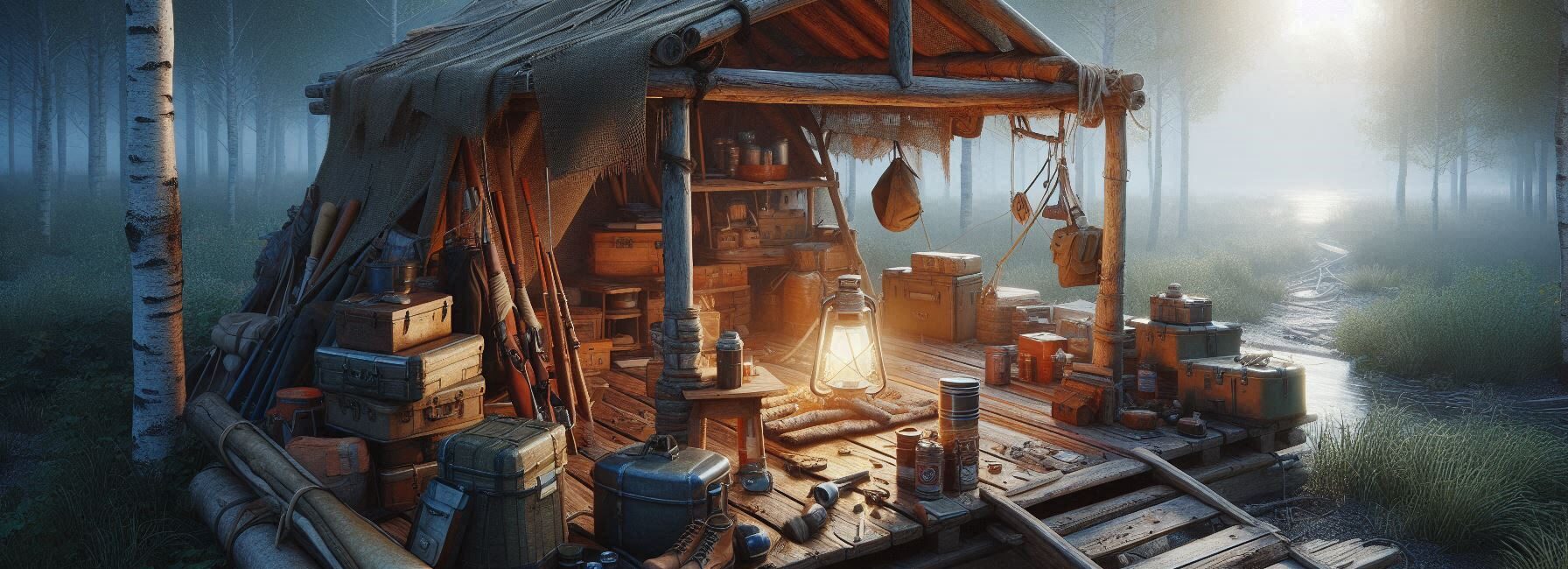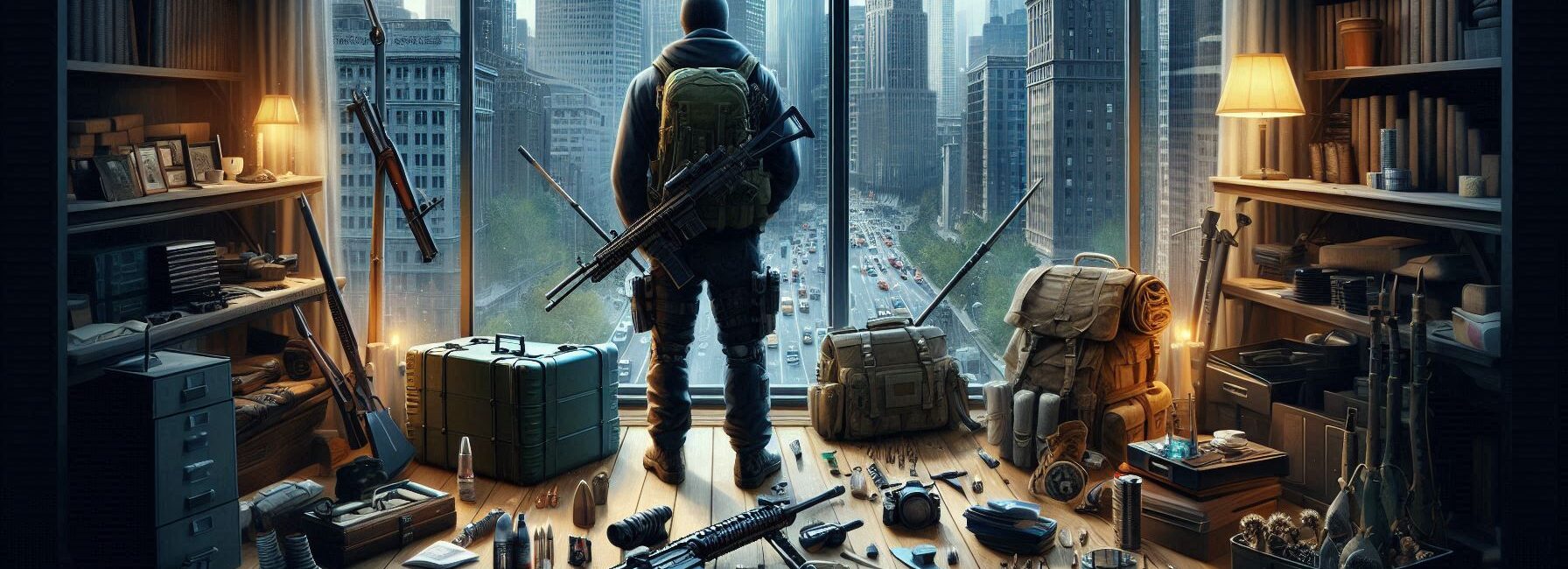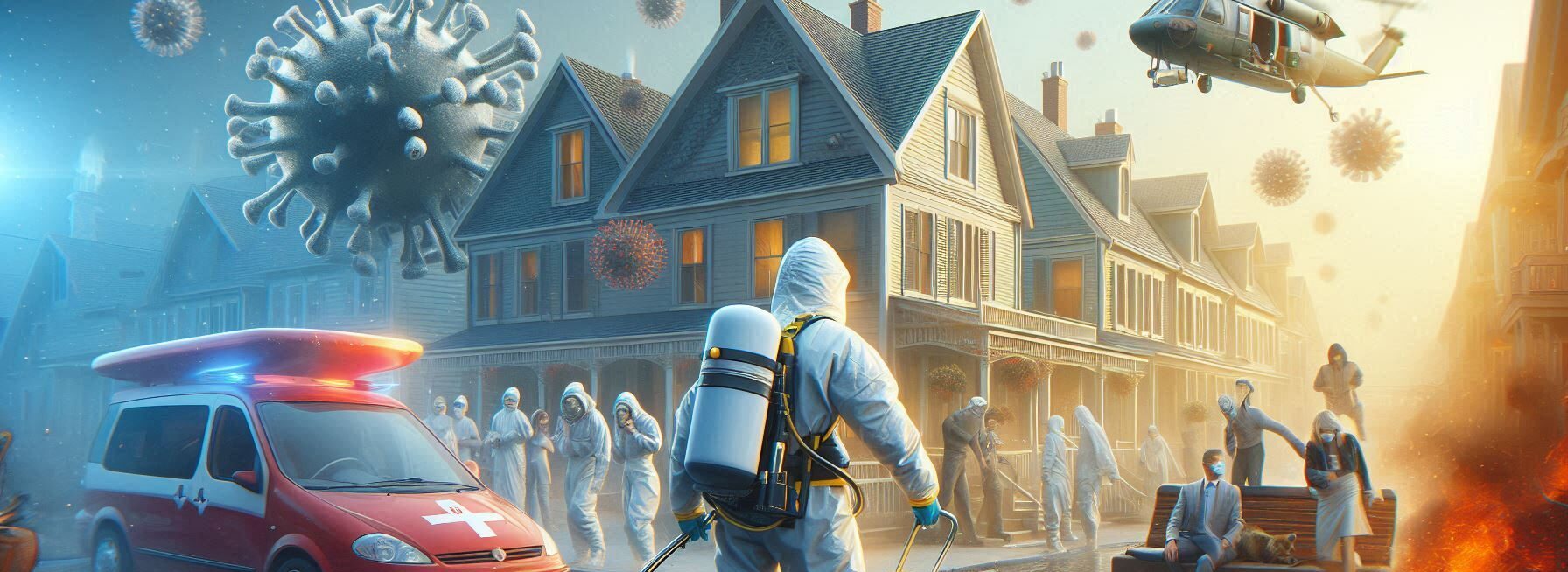Please Note: This post may contain affiliate links. If you click one of them, we may receive a commission at no extra cost to you. As an Amazon Associate, I earn from qualifying purchases.
Last Updated on November 2, 2025 by Kevin Collier
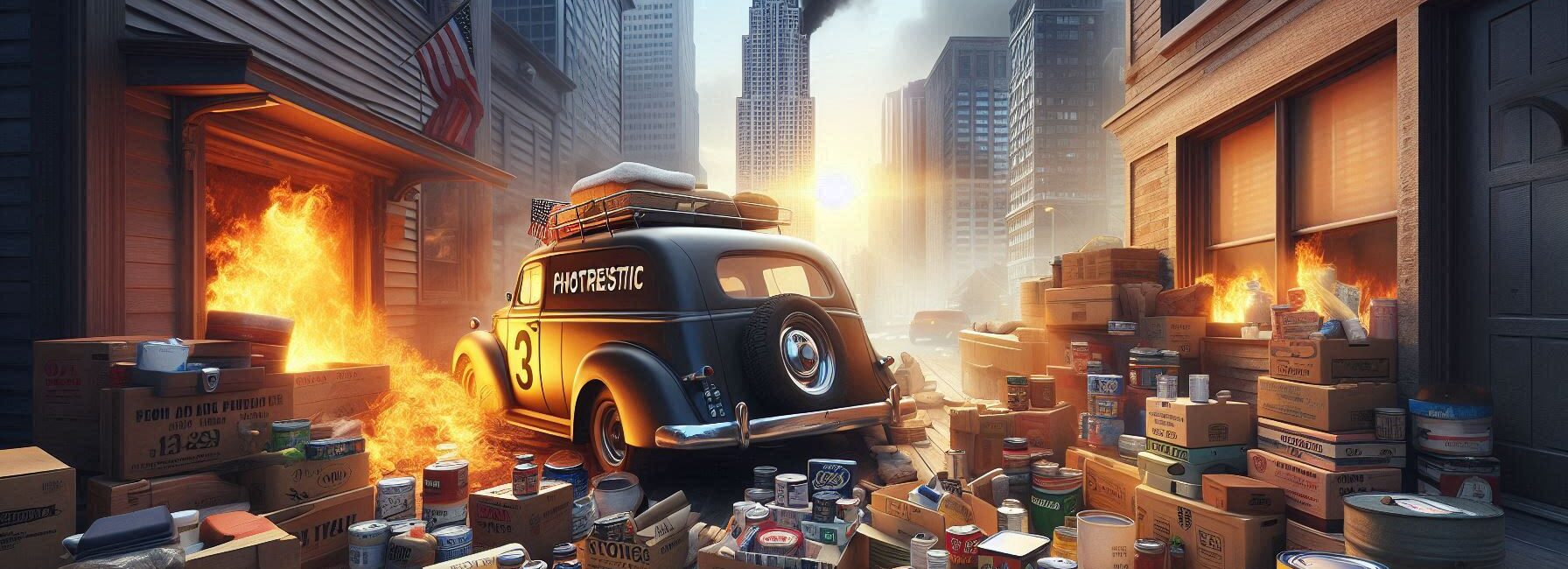
Top Takeaways and Key Concepts
- Stock at least 30 days of water, one gallon per person daily.
- Store non-perishable foods like rice, beans, canned goods, and snacks.
- Assemble an emergency kit with first aid, flashlights, batteries, and entertainment.
- Make a communication plan with meeting points, key contacts, and backup devices.
- Conduct practice drills regularly to familiarize everyone with emergency procedures and routines.
Imagine this: you’re all cozy on the couch, popcorn in hand, fully invested in that show you love. Then bam! The news breaks in with that serious alert. Your heart starts racing. You look around and see your pantry, which is basically a sad museum of half-eaten snacks and a can of soup older than some kids. Yikes!
Turns out, “emergency preparedness” isn’t just about enough toilet paper for a weekend binge session. It’s a little more serious than that. It’s about being ready for surprises—like a sudden storm or anything else that can pop up and shake things up.
Let’s chat about stocking up for a solid 30 days. Don’t worry. It sounds more daunting than it is. Start with the basics. Water is super important. Think about how much you drink in a day. A gallon a day for a month? Yep, that’s 30 gallons!
Now, food. Grab some easy-to-store things like rice, beans, and canned fruits. Those last longer than a rom-com marathon. And don’t forget snacks! Who can handle an emergency without chocolate or chips, right?
Check your pantry every so often. Rotate things around so that nothing sits too long. That way, you’ll eat what you have, and nothing gets old. And hey, maybe you could add some fun stuff, like trail mix or granola bars. They’re good in any situation, even just for a movie night!
Don’t stress about it all at once. Start small. Grab a few extra cans each grocery trip. Before you know it, you’ll have a nice little stash that can keep you going.
When the next emergency alert hits, you won’t be worrying about stale chips. You’ll feel ready, with plenty of snacks to enjoy while you wait things out. Your future self will thank you for being prepared—plus, you’ll have a better movie night!
Assessing Your Needs: What Do You Really Use?
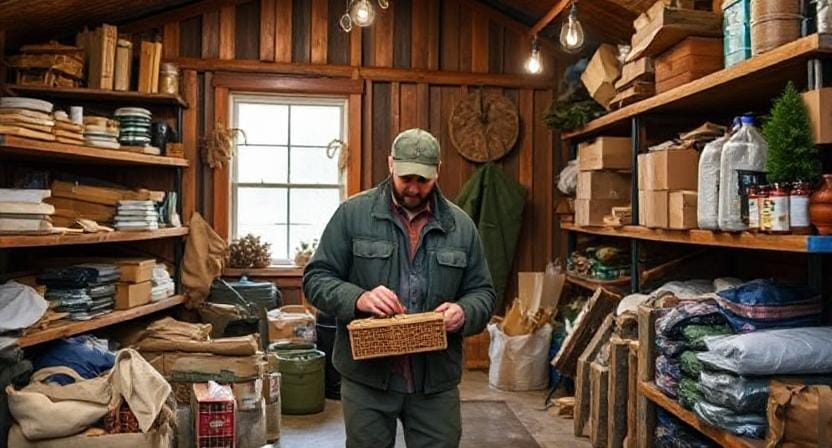
*** Shop for Survival Gear - Tools - Kits ***
Survival Gear - Bags and Backpacks - Knives - Boots/Footwear - Communication
Outdoor Cooking - Gloves - Hydration - Dry Boxes - Water Filtration Systems
Tents - Sleeping Bags - First Aid Kits - Multi-Tools - Flashlights - Fire Starters
Navigation - Survival Food - Night Vision - Headlamps - Stun Guns - Binoculars
First off, take inventory of what you actually eat. I mean really eat—not the kale salad you bought with good intentions but ended up using as a doorstop. This isn’t about impressing anyone; it’s about survival! Think about the foods that make you happy—like mac and cheese or those delicious frozen burritos that taste like heaven at 2 AM.
Once you've made your list, consider dietary restrictions or preferences within your household. If someone in your family has gluten intolerance or is vegan, don’t stockpile ten boxes of macaroni if nobody will touch them!
Instead, opt for versatile staples like rice, beans, and pasta. And hey, don't forget snacks! Because if there’s one thing I learned during my camping trips—snack morale is crucial!
By the way, remember to factor in any pets you have. Fido doesn’t care if you're surviving on canned goods; he wants his kibble too!
Building Your Food Supply: The Essentials
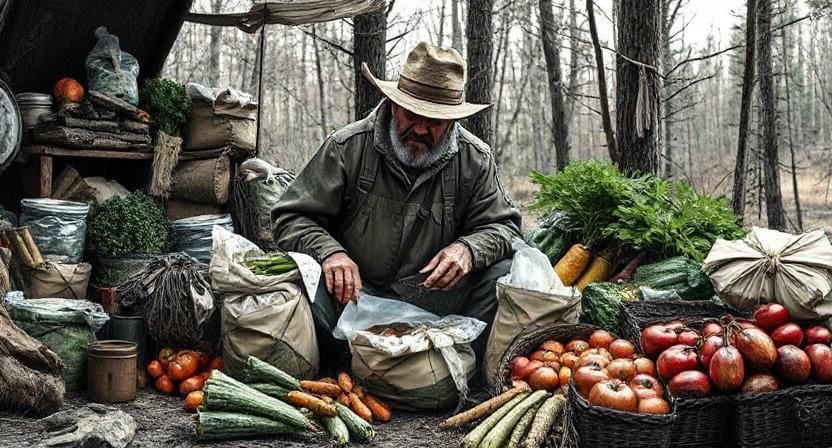
Now that we know what everyone likes (and needs), it’s time to hit the grocery store—or as I like to call it, “the land of endless choices.” Start by stocking non-perishable items such as canned vegetables, fruits, soups, and meats. Just imagine opening a can of peaches after three weeks of limited options; it's basically dessert heaven!
Don’t forget dry goods like rice and pasta—they are filling and easy to prepare even when you're feeling less than gourmet. And here’s an important tip: buy things you know how to cook! If you’ve never made quinoa before an emergency strikes, now is not the time to experiment unless you're looking for culinary disaster.
Also consider adding some freeze-dried meals into the mix. They’re lightweight and packable—perfect for those times when cooking feels more daunting than scaling Everest without oxygen.
Water Supply: Don’t Let Thirst Get You Down
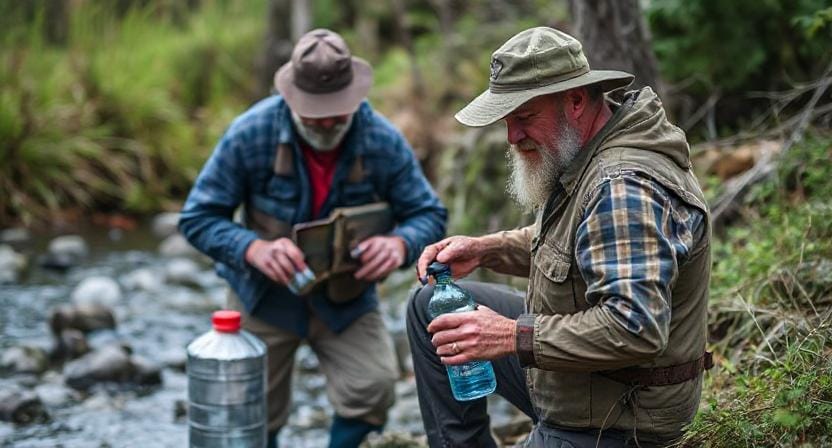
Let’s talk water because it’s pretty much life itself—even more so than chocolate cake (gasp!). For emergencies lasting 30 days, experts recommend at least one gallon per person per day. So, if you've got four people living under one roof—and one overly demanding cat—you’ll need around 120 gallons stored away.
This might sound extreme until you realize how quickly water gets used up during washing dishes or attempting DIY spa treatments (not recommended during emergencies). Invest in sturdy containers designed for long-term storage instead of relying on old soda bottles—trust me on this one.
And while we’re at it—don’t forget purification methods! A simple water filter can save you from drinking questionable creek water should things go awry during an apocalypse-themed camping trip gone wrong.
Creating an Emergency Kit
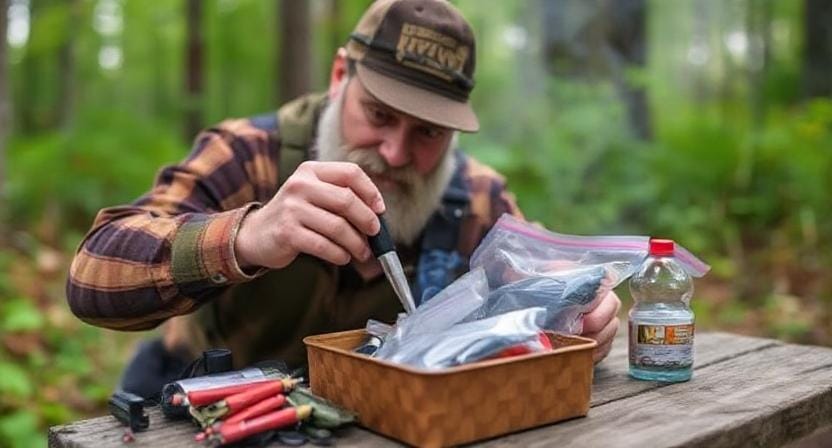
Okay folks, we’ve stocked our food supply; now let’s tackle something equally vital: creating an emergency kit. This isn’t just about throwing random items into a backpack—it requires some thought!
Start with basic first aid supplies: band-aids (because accidents happen), antiseptic wipes (for when life gets messy), pain relievers (to deal with both physical injuries and emotional turmoil), and any medications specific to family members’ needs.
Next up? Flashlights! Because stumbling around in darkness while trying not to trip over furniture adds unnecessary excitement to any situation. Don’t forget extra batteries unless you'd prefer playing charades by candlelight—which sounds fun until day seven rolls around.
Oh—and maybe toss in some entertainment options too! Books or board games could be lifesavers during long stretches indoors when cabin fever threatens sanity levels.
Communication Plans: Stay Connected
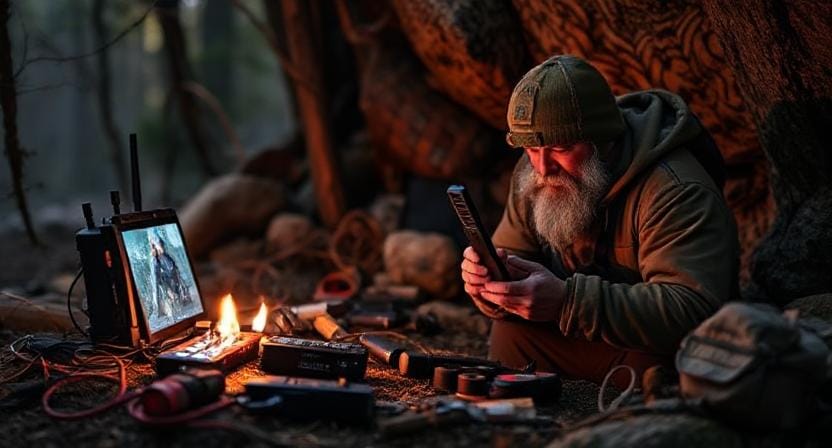
Communication is crucial in any emergency situation that is worth its salt. Making a plan makes sure that everyone understands where they should be and who gets to use the remote control when the power comes back on.
If you ever have to leave your home, you should first pick meeting places outside of it. For example, the large oak tree down the street where Timmy tried to climb halfway up before discovering that gravity was real.
Make a list of crucial contacts, including family members who live nearby or friends who are prepared to help if things go tough. A little backup goes a long way!
If cell coverage goes down because of mayhem outside, think about getting walkie-talkies. These cool gadgets can keep everyone linked without needing Wi-Fi, which is a win-win situation.
Practice Makes Perfect
Last but not least, it's time for practice drills now that everything is ready! Yes, I'm talking about role-playing situations when everyone acts like there is a real emergency happening right in front of them (queue the dramatic music)!
This helps everyone become used to the plans that were made earlier, so no one panics when things go wrong in real life. It also gives people a chance to laugh when things get tough, because laughing is sometimes a necessary survival technique.
Kids adore pretending, so you might want to do these drills every once in a while. They might even amaze adults with how creative they are when it comes to escape routes, like slideshows with unicorns. Or was that only in my head?
Frequently Asked Questions
How much water should I store for 30 days?
Store at least one gallon of water per person per day to cover drinking, minimal cooking, and limited hygiene needs.
What foods last the longest for month-long emergencies?
Non-perishables like rice, beans, canned goods, pasta, and shelf-stable snacks remain usable the entire 30-day duration.
Should entertainment items be included in emergency planning?
Yes, books, puzzles, or games help reduce stress, provide distraction, and maintain morale during prolonged sheltering.
Why is a communication plan necessary?
Predetermined meeting spots, backup contacts, and alternate communication devices prevent confusion during disruptions.
What should a basic emergency kit include?
Flashlights, batteries, first aid supplies, medications, and backup power sources are crucial for comfort and safety.
How do I maintain food freshness over time?
Rotate items periodically, consume and replace items before expiration, and store everything in cool, dry locations.
How often should households conduct practice drills?
Run drills occasionally throughout the year so everyone becomes familiar with routines and emergency procedures.
Suggested Resources:
Emergency Preparedness Guide
https://www.ready.gov/prepare
How Much Water Do You Need?
https://www.cdc.gov/healthywater/emergency/drinking/water.html
Creating Your Family Emergency Plan
https://www.redcross.org/get-help/how-to-prepare-for-emergencies/make-a-plan.html

Kevin Collier is a seasoned survivalist and expert in prepping and homesteading, contributing to WiseSurvive.com. With a deep-rooted passion for self-sufficiency and outdoor survival skills, Kevin shares practical advice, strategies, and resources to help individuals prepare for any challenge. His informative articles cover a range of topics, from essential survival techniques to sustainable living practices, empowering readers to thrive in any situation. Whether you're a novice or a seasoned prepper, Kevin's insights will inspire you to take charge of your readiness and build resilience for the future.


